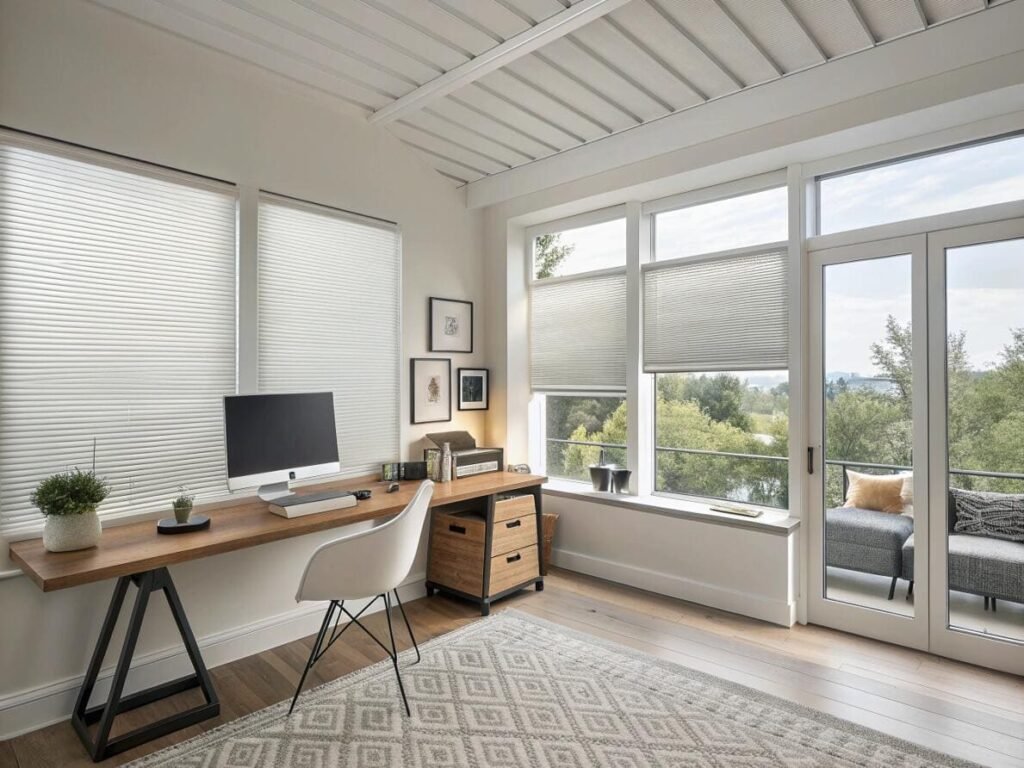A motor fails on a high-end project, and your reputation is on the line. You need a shading system that just works, with no excuses or frustrating service calls.
True smart blind reliability[^1] isn't just about a good motor. It’s a system with redundant power options[^2], open control protocols[^3], and modular parts for easy field servicing. This trifecta guarantees minimal downtime and protects your project's success.
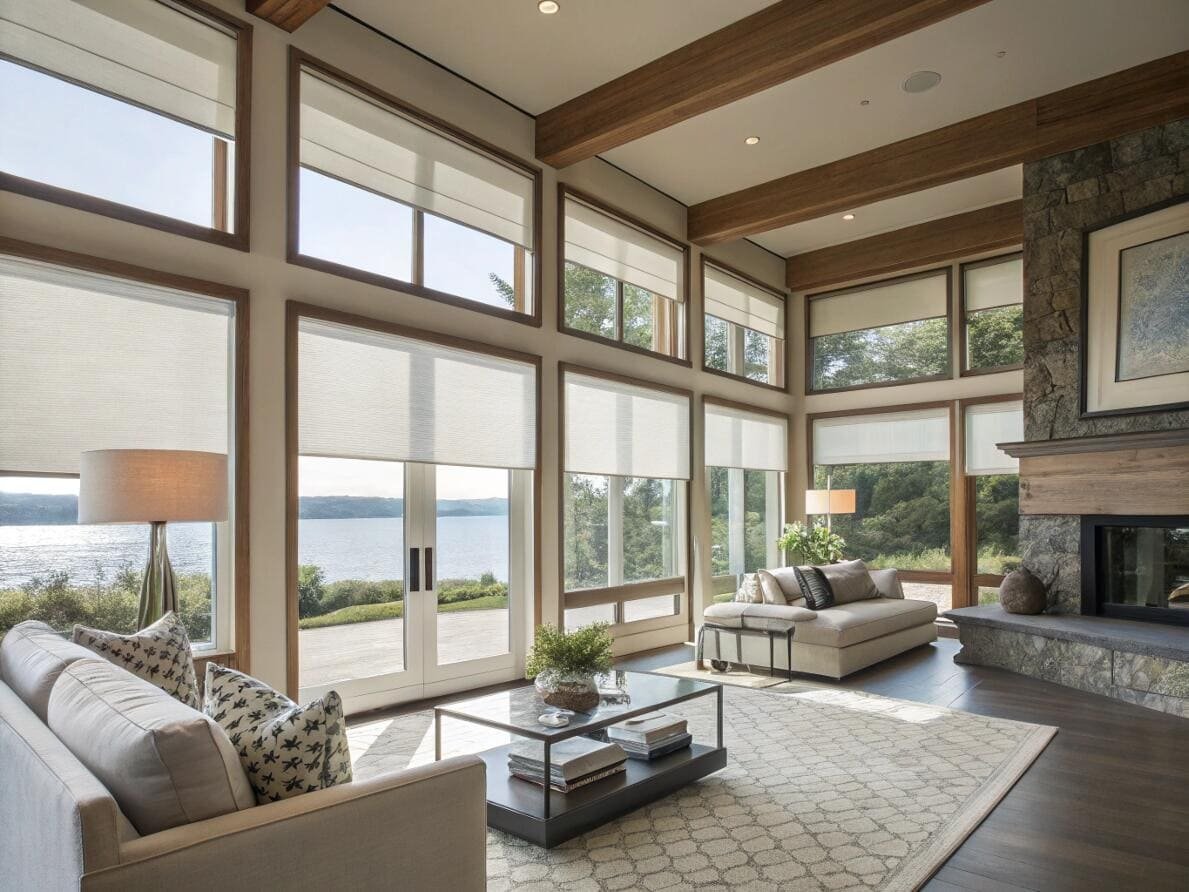
I always tell my project partners that their definition of "reliability" needs an update. Focusing only on whether the motor is good is missing the bigger picture. True system reliability, the kind a contractor can bet their reputation on, comes from three things working together. First, power redundancy with options like battery, solar, and wired power. Second, open communication protocols like Zigbee or Matter, so the controls never become obsolete. And third, a completely modular design where the motor, battery, and even the fabric can be swapped out on-site in under five minutes. When a system has all three, the cost of a rare failure drops to almost zero. The real game-changer is a supplier who puts their promises in writing. A 5-year warranty[^4] is nice, but a contractual promise to ship replacement parts in 48 hours is what wins bids.
Are smart blinds worth the investment and do they break easily?
You're spending a lot on smart blinds. You worry they're a fragile gadget that will break, leading to client complaints and costly service calls.
Quality motorized shades don't break easily; their life expectancy is 5-10 years. They are worth it for the convenience, energy savings[^5], and added home value, which easily justifies their higher average cost.
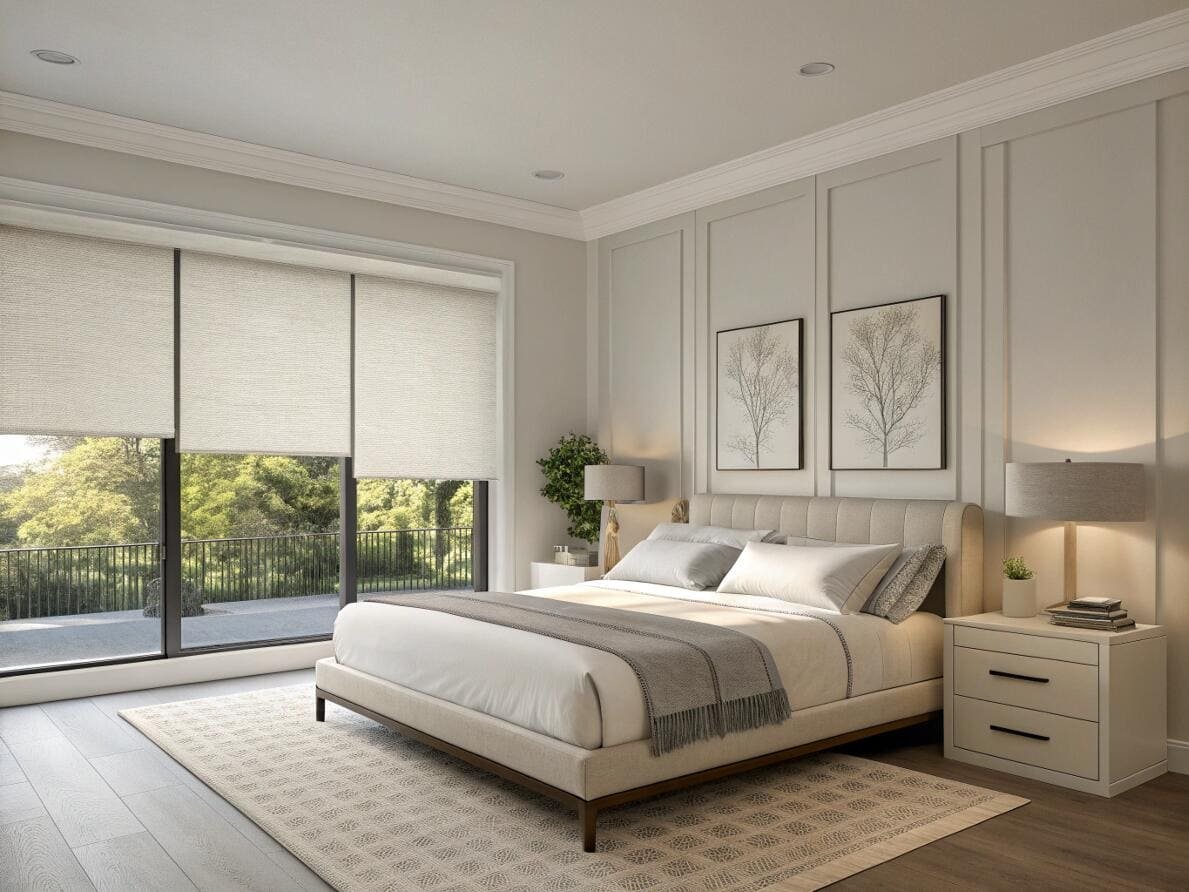
Let's address the fear head-on: do motorized shades break easily? The answer is no, not if you choose a quality system. A well-built motor is designed for years of consistent use, and the life expectancy of motorized blinds is typically between 5 and 10 years, sometimes longer. The smooth, automated movement often puts less stress on the components than manual pulling. This durability is part of what makes them worth the cost. Yes, the average cost for indoor motorized blinds is higher, often ranging from $300 to $1,000 per window. But this investment pays off. They offer incredible convenience for hard-to-reach windows, enhance safety by eliminating cords, and can definitely add value to a home, as smart technology is a huge selling point for modern buyers.
How do smart blinds get power, and is installation difficult?
You're planning an installation. The thought of complex wiring, needing electricians, or constantly charging batteries is a major headache you want to avoid.
Smart blinds are powered in three main ways: a rechargeable battery, a low-voltage hardwired connection, or a solar panel. Professional installation is straightforward, and many systems are designed for simple DIY installation as well.

How smart blinds get their power is a key decision point. The most popular option is a rechargeable lithium-ion battery. People often ask how often motorized blinds need to be recharged, and the answer is usually only once every 6 to 12 months. The second option is hardwired power[^6]. This means the blinds draw low-voltage power from your home's electrical system, so they don't need a standard outlet right next to the window, but they do require pre-planned wiring. This is a great "set it and forget it" solution for new builds. The third, and increasingly popular, option is a small solar panel[^7] that continuously trickle-charges the battery, making it virtually maintenance-free. Installation is not hard for a professional, and with clear instructions, many homeowners can do it themselves.
What’s the difference between blinds and shades, and what are their drawbacks?
You're specifying window treatments. Choosing between blinds and shades, and understanding their individual downsides, is crucial to getting the function right for the space.
The main difference is that motorized blinds have slats that tilt for precise light control, while motorized shades are a single piece of fabric that rolls up. Both are excellent, but their primary disadvantage is the higher upfront cost.
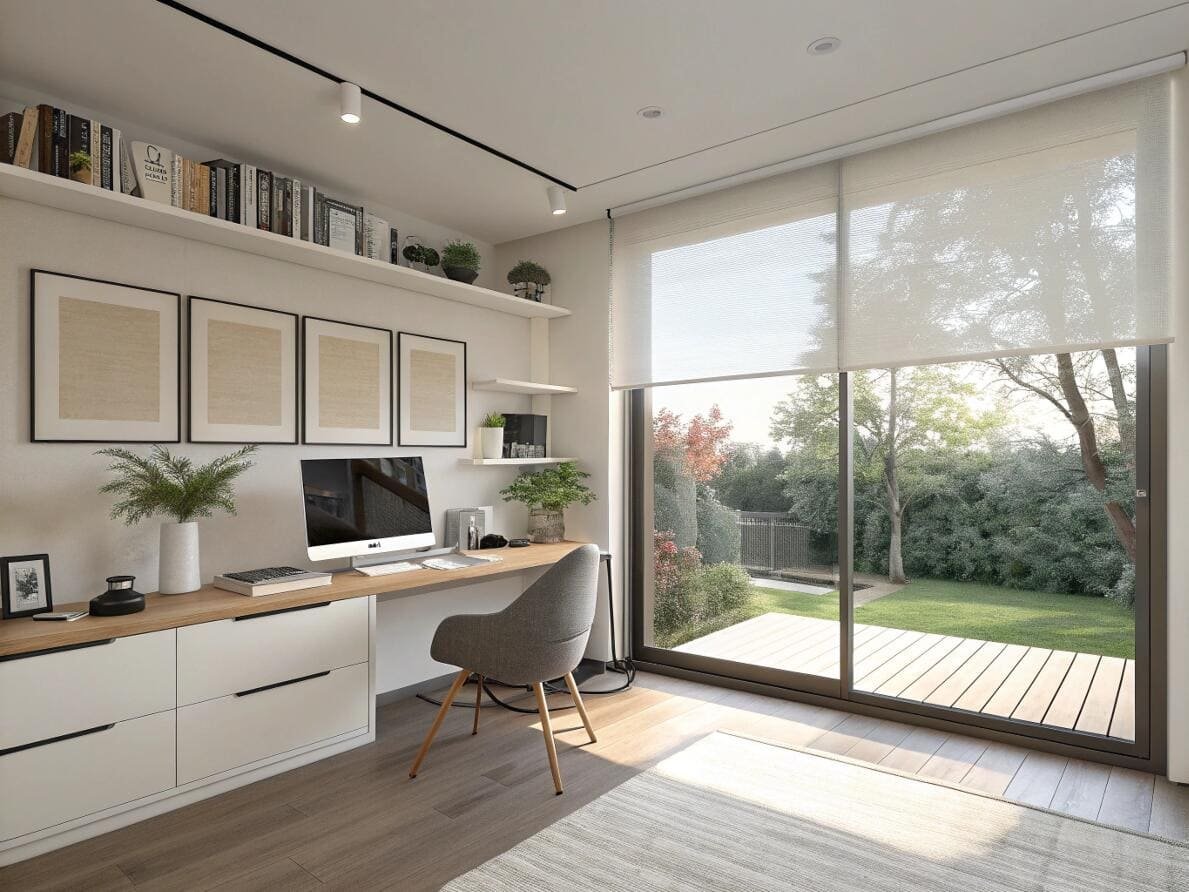
Let's break it down simply. Motorized blinds have hard slats made of wood, aluminum, or faux wood. Their unique advantage is the ability to tilt those slats for nuanced light and privacy control. Motorized shades are made from a continuous piece of fabric and include styles like roller, cellular, and Roman shades. They offer a softer, cleaner aesthetic.
The disadvantages are generally the same for both. The most significant is the higher initial cost compared to their manual counterparts. They are also dependent on their power source. Among the cons of cordless blinds is the eventual need to recharge the battery, though with a 6-12 month cycle, it's a minor inconvenience that is completely eliminated by solar or hardwired options. This reliance on power means a dead battery or power outage can render them temporarily inoperable, unlike a simple manual blind.
How can you guarantee long-term performance and lower energy bills?
You've installed the blinds, but your job isn't over. You need to ensure they last, deliver promised savings, and that you have support if something goes wrong.
Vet warranties carefully; look for a 5-year motor warranty with clear terms. Long-term performance is ensured by proper maintenance and a supplier who mitigates common failure modes[^8] with modular, field-serviceable parts that can lower energy bills.
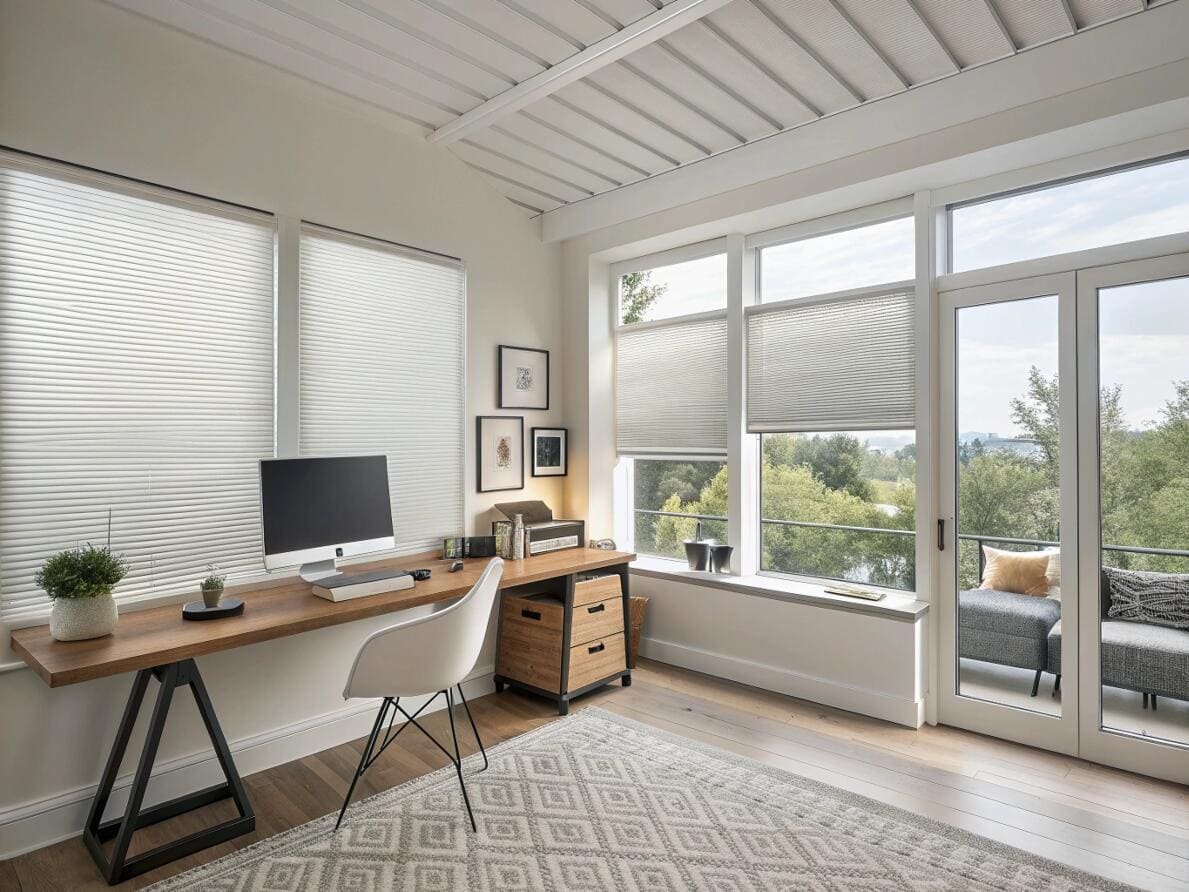
When you vet warranties, look beyond the years. A 5-year warranty is standard, but the after-sales service is what truly matters. A supplier who contractually commits to shipping replacement parts within 48 hours offers real peace of mind. Maintenance best practices are simple: keep fabrics clean and let the motor do the work without forcing it. The real key to reliability is mitigating the key failure modes from the start.
| Failure Mode | How VelaBlinds Mitigates Risk |
|---|---|
| Power Failure | Power redundancy with battery, solar, and low-voltage wired options. The system always has a backup. |
| Control Obsolescence | Open protocols like Zigbee and Matter ensure future compatibility with any smart home platform. |
| Mechanical Breakdown | A fully modular design[^9]. The motor, battery, and fabric can all be replaced on-site in minutes, minimizing downtime. |
This robust design also helps lower the electric bill. By automating shades to close during the hottest parts of the day, you significantly reduce solar heat gain, taking the load off your AC system. Yes, smart blinds are worth the cost in long-term energy savings when part of a reliable, well-supported system.
Conclusion
True smart blind reliability comes from a resilient system design and a supplier with a strong, contractually guaranteed service plan that ensures minimal downtime and maximum project success.
---
[^1]: Understanding smart blind reliability can help you choose a system that ensures minimal downtime and maximum efficiency.
[^2]: Explore how redundant power options can enhance the reliability of your smart blinds, ensuring they work when you need them.
[^3]: Learn about open control protocols like Zigbee and Matter that keep your smart blinds compatible with future technologies.
[^4]: A solid warranty can provide peace of mind; find out what to look for in warranties for smart blinds.
[^5]: Learn how smart blinds can significantly reduce energy costs by optimizing natural light and temperature control.
[^6]: Explore the benefits of hardwired power options for smart blinds and how they can simplify installation.
[^7]: Discover how solar panels can provide a maintenance-free power solution for your smart blinds.
[^8]: Learn about common failure modes in smart blinds and how to mitigate them for better reliability.
[^9]: Discover how a modular design allows for easy servicing and replacement of parts, enhancing the longevity of your smart blinds.Partner with VelaBlinds for Your Next Project
Smart window treatments shouldn't be complicated. After working with 500+ distributors and contractors worldwide, I've streamlined the process to get you quality products, competitive pricing, and reliable support - every time.
Why project professionals choose VelaBlinds:
- ✅ Fast, Accurate Quotes - Detailed specs and pricing within 24 hours
- ✅ Transparent Pricing - No hidden fees, volume discounts clearly outlined
- ✅ Quality Assurance - Direct partnerships with certified OEM manufacturers
- ✅ Project Support - Dedicated account manager from quote to delivery
Start your next project:
📧 Quick Quote: Send your requirements to info@velablinds.com
📱 Direct Contact: WhatsApp +86 137 2012 8317
🌐 Browse Solutions: https://velablinds.com/
📁 Product Resources: Access spec sheets, catalogs & project files
Paul Chen, Founder
"I built VelaBlinds to solve the real challenges I faced as a project buyer - long lead times, unclear specs, and unreliable suppliers. Let's discuss how we can power your projects with smarter blinds."
Serving distributors and contractors across North America, Europe, and Australia since 2018.

